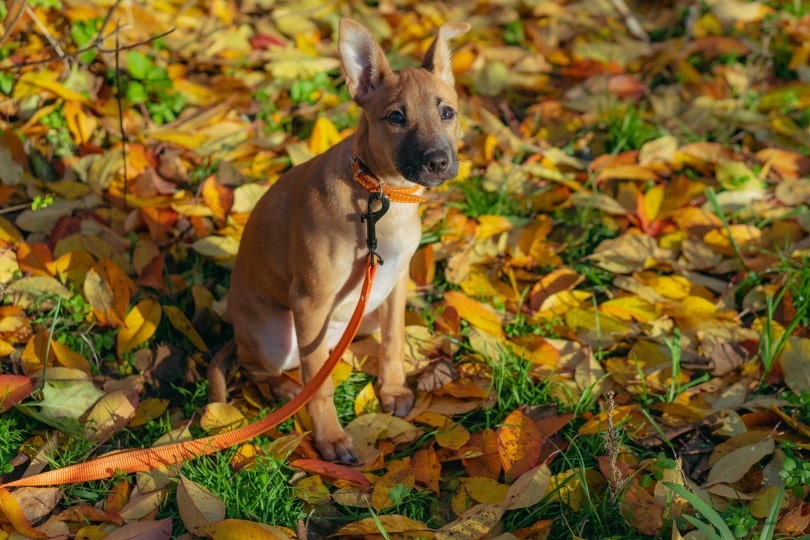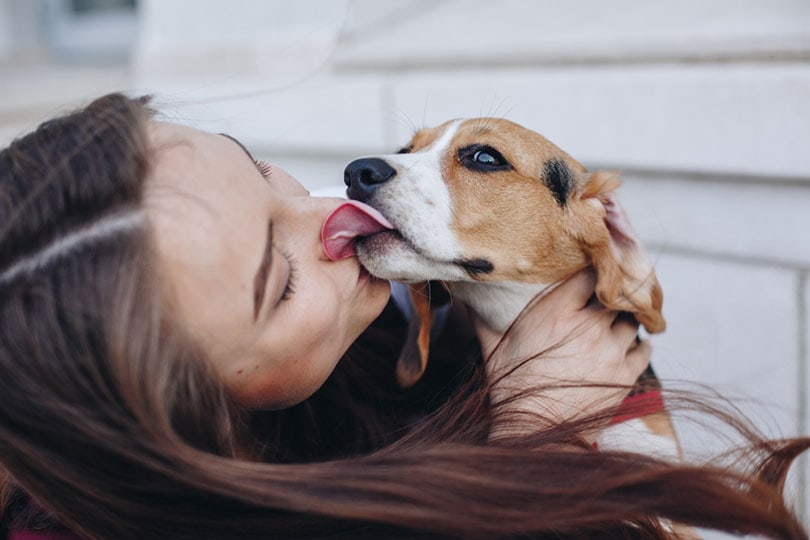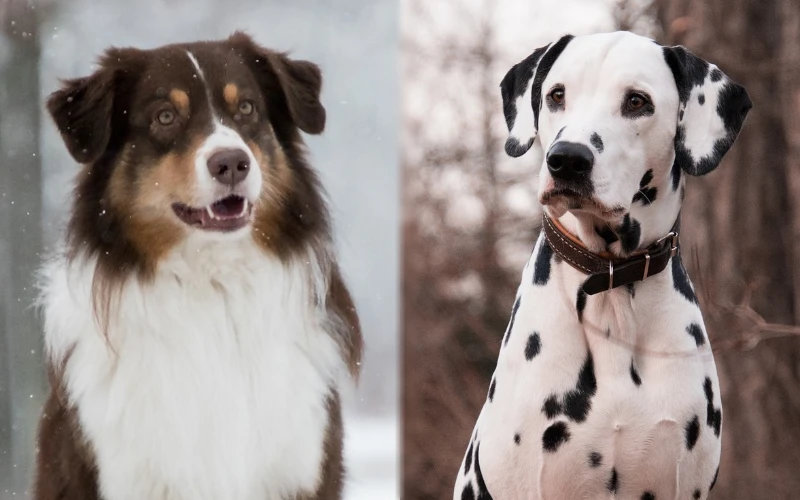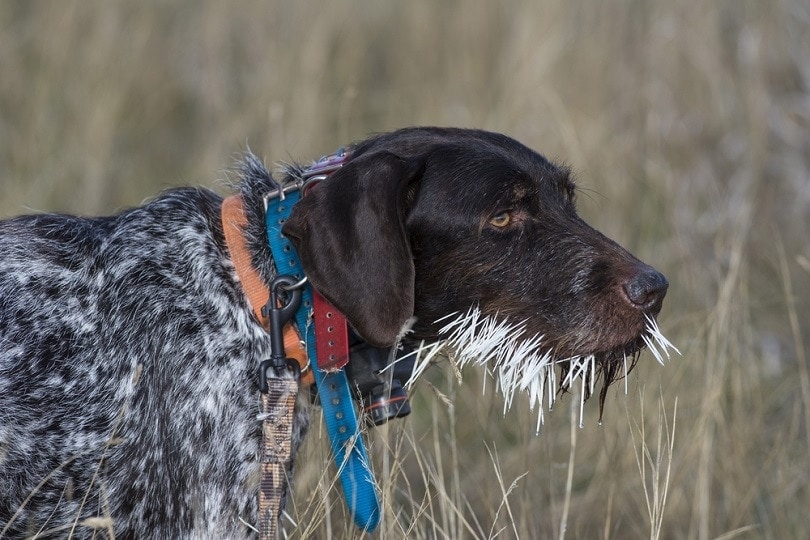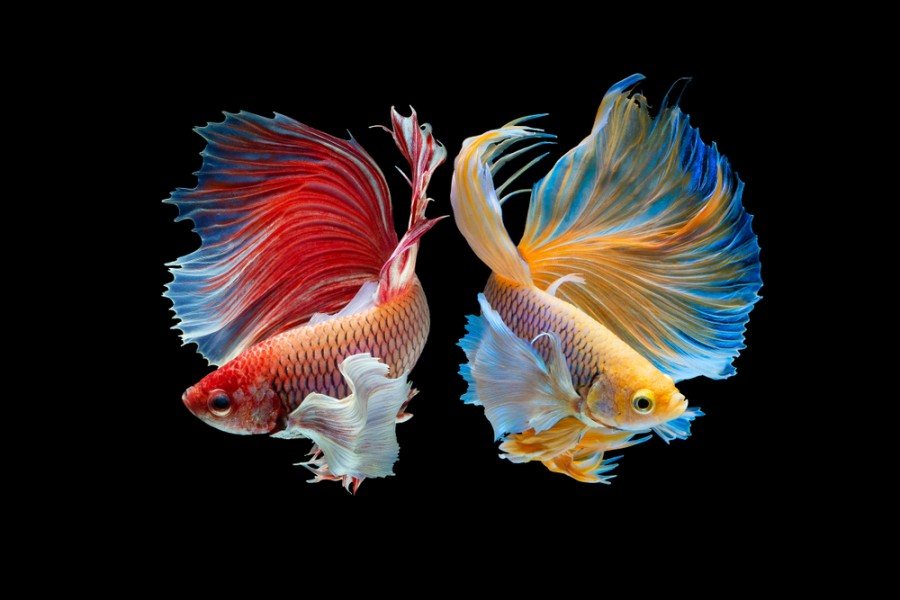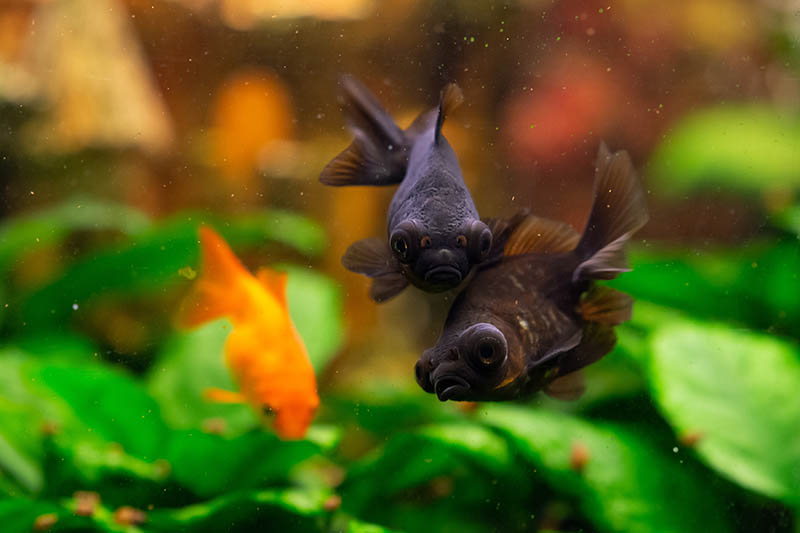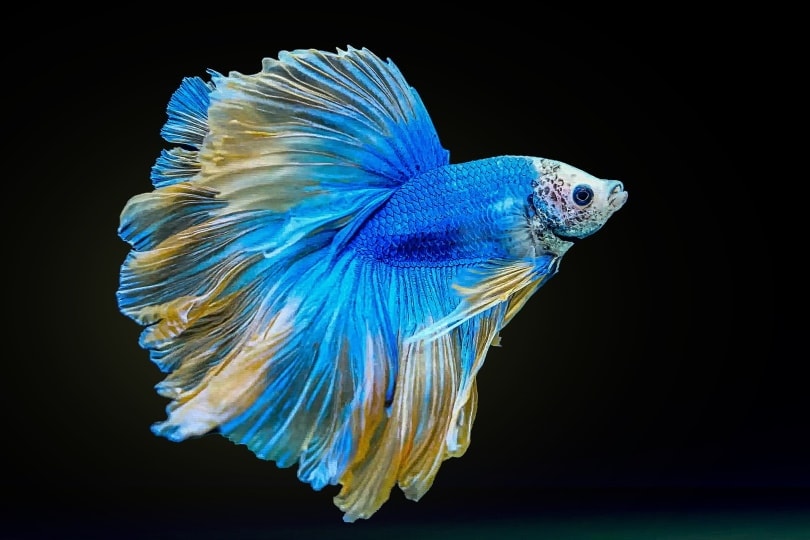At What Age Do Dogs Go Gray? Vet Approved Facts & Advice
Updated on

Graying of the hair not only affects us as pet parents but our dogs as well. The graying of dogs’ hair doesn’t occur in the same excessive amounts and patterns as happens in people. Instead, specific areas, such as the muzzle and ear tips, are common and prominent places for your dog’s hair to turn gray. The appearance of any gray hair is suggestive of your dog entering their senior years but may be related to other conditions as well.
The age at which your dog crosses from an adult into a senior varies with size and breed, with this the age at which their hair will turn gray will vary too. Factors like breed and genetics all affect the age at which natural graying of the hair begins, but let’s look into this further.
When Is My Dog Classed as a Senior?
Around 44% of the USA’s canine nation is classed as senior, according to new senior guidelines set out by the American Animal Hospital Association.
The recognition of sprouting gray hairs on your dog or an abundance of them is usually a solid indicator of older age. However, anxiety, stress, some health conditions, and genetics can potentially lead to gray hair before a dog reaches that senior classification.
The general rule of thumb of when a dog reaches senior status depends on breed and size and looks something like this:
- 9–12 years of age for small dogs approximately up to 22 pounds (10 kilograms). Examples of small breeds include the toy or mini Poodle, Chihuahua, and Jack Russell Terrier.
- 7–10 years of age for medium-large sized dogs up to 66 pounds (30 kilograms). Examples of medium breeds include the Springer Spaniel, Beagle, and Border Collie. Examples of large breeds include the Labrador, Rottweiler, and German Shepherd.
- 5–8 years of age for very large/giant dogs over 66 pounds (30 kilograms). Examples of giant breeds include the Dogue de Bordeaux, Great Dane, and St Bernard.
These ages and weights will vary considerably between dogs. Breed, health, and genetics play a role too, but it is best to check with your veterinarian to clarify if your dog is officially senior or not.
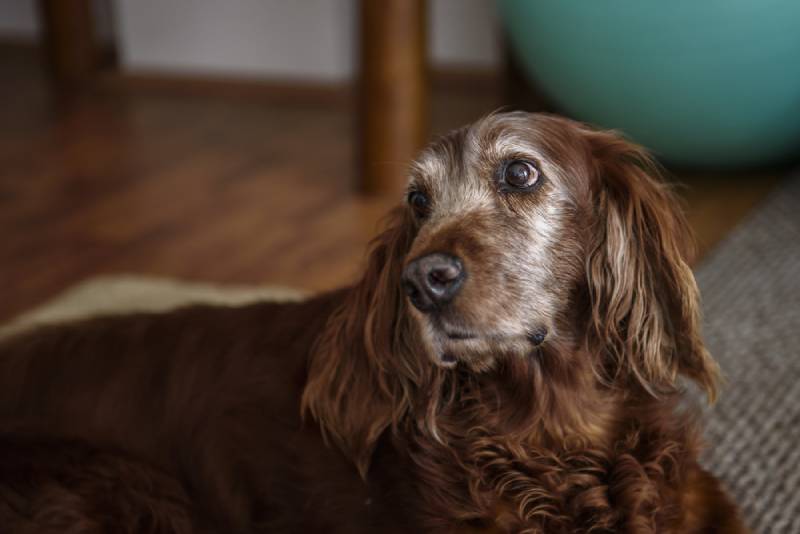
What Age Will My Dog Go Grey?
While there is no definitive set age or age range for graying of the hair to occur, professionals can make a generalized guesstimate of what age your dog will be prone to turning gray.
If graying of the hair is due to natural aging, then this tends to happen at around 7 years old and beyond in small, medium, and large breeds and at approximately 5 years old and beyond in giant breeds.
Why Do Dogs Go Gray?
Age
Age and getting older is the most common reason for gray hair in dogs. As mentioned, the muzzle, ears, and other sections of the face are the most common areas where gray hair is found and noticed in dogs. Unlike humans, their entire coat does not turn gray. It is easier to spot graying hair on darker coats, and you may also notice the texture of their fur changes as they get older.
Anxiety and Fear
“You’re making me gray” is a common saying, and as it turns out, it may be at least partially true. In dogs, anxiety, stress, and fear can turn a dog’s hair gray not only when they’re older but when they are young too. The reason for the change in pigmentation is still unknown, but it is wise to have your dog checked over by your veterinarian or a qualified behaviorist if your dog is turning gray and having any behavioral issues that indicate they are fearful, anxious, or stressed.
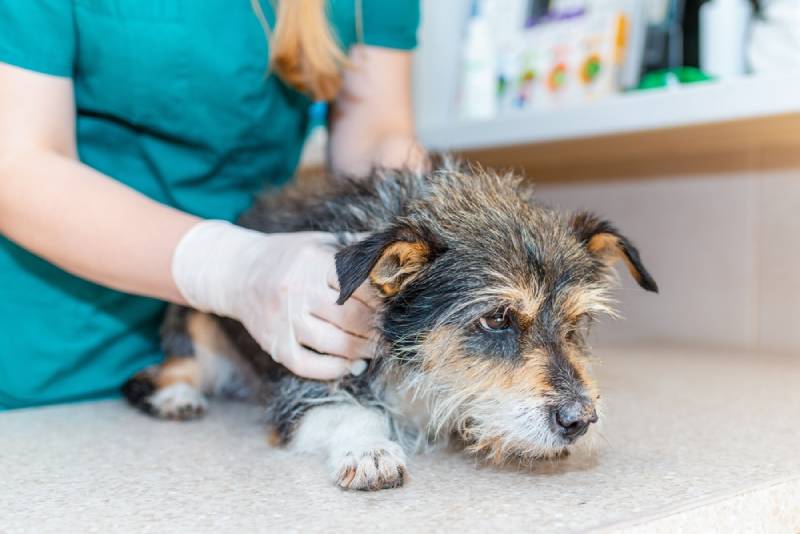
Genetics
Going gray before a senior age happens to both humans and dogs, and it is thought that genetics play a part in predisposing certain dogs to this.
Illness
Interestingly, there are a few health problems that can cause graying of the hair both at a senior age and at a young age.
- Hypothyroidism: A condition where the thyroid glands do not produce enough of the hormone thyroxine. Other signs, such as skin issues and weight gain, will also be seen.
- Liver and kidney disease: It is worth noting that going gray because of liver or kidney disease is very rare, but it may be one of the signs of these diseases.
Any new signs of sickness or strange happenings with your dog should never be overlooked no matter what their age is and always be checked over by your veterinarian.
Conclusion
Going gray is a natural part of the aging process. However, age, as we found out, is not the only reason for gray hair. Therefore, always check in with your veterinarian if your young dog is turning gray to rule out other causes for this. Other than that, it’s perfectly normal for dogs to begin going gray between the ages of approximately 5–10 years old, depending on their breed and size.
See Also:
- Does Parvovirus Affect Older Dogs? Vet Approved Facts & FAQ
- Do Cats Go Grey as They Get Older? Our Vet Explains
Featured Image Credit: Suchavadee, Shutterstock




